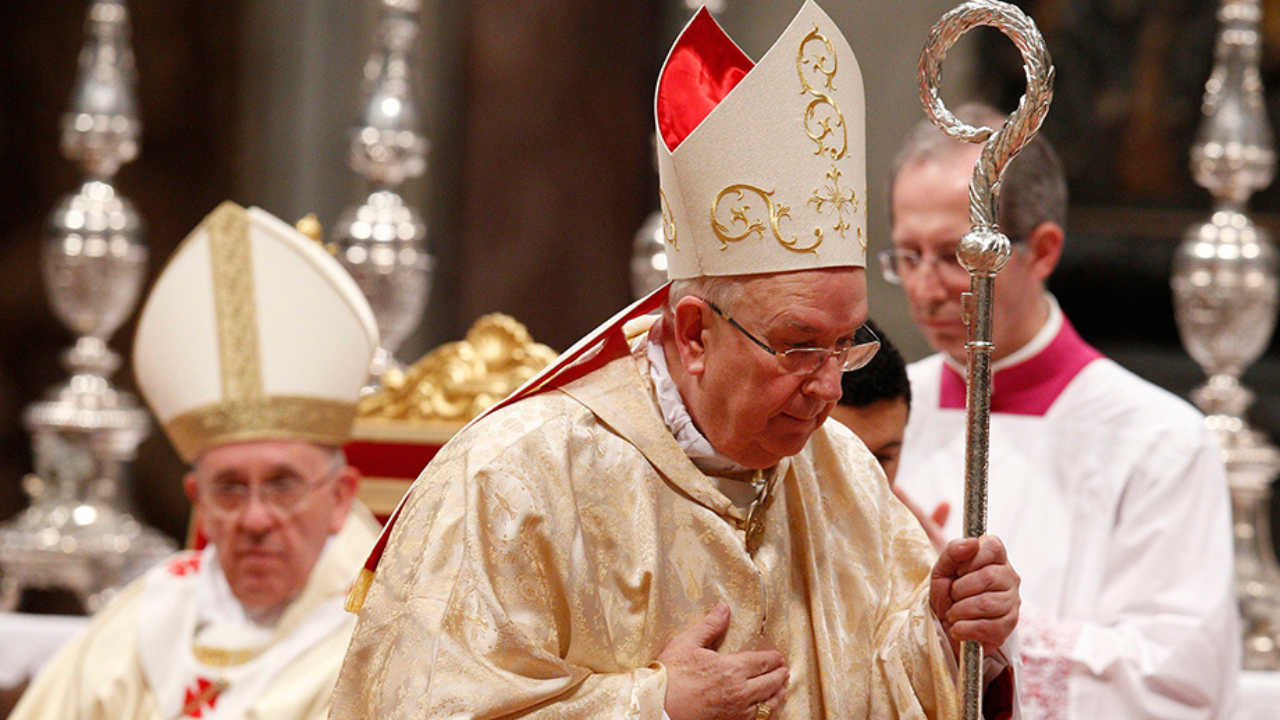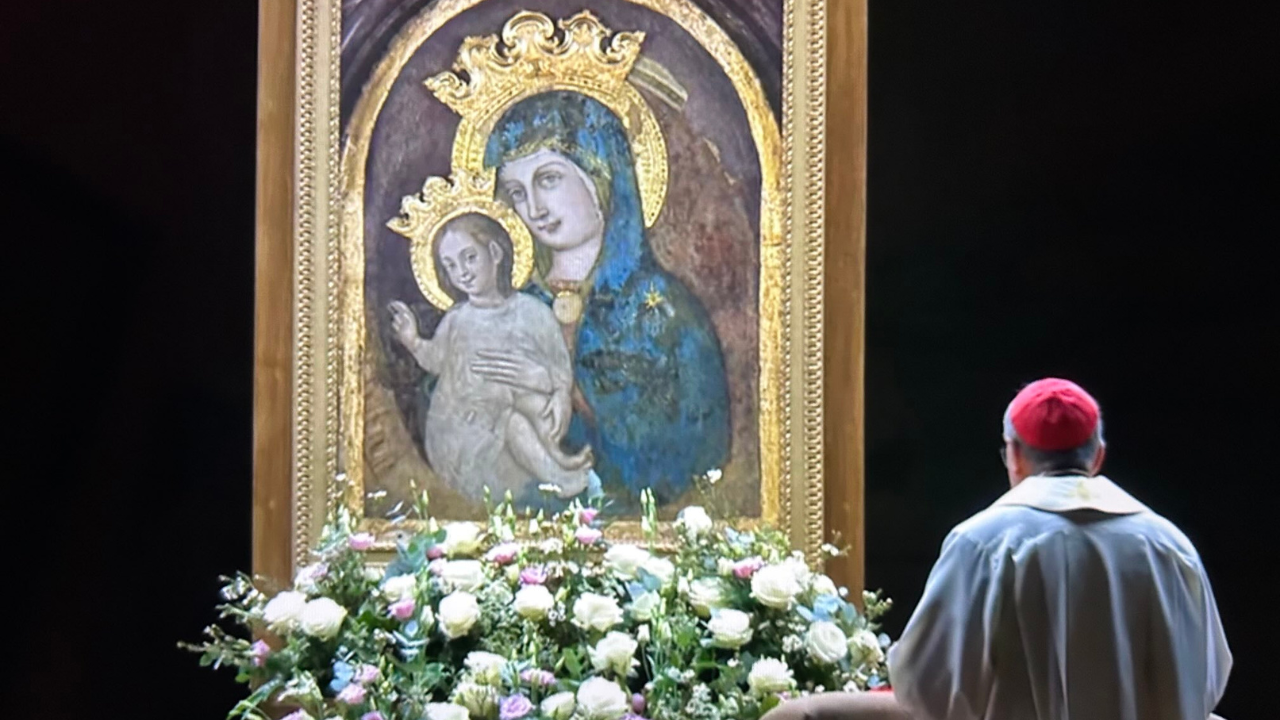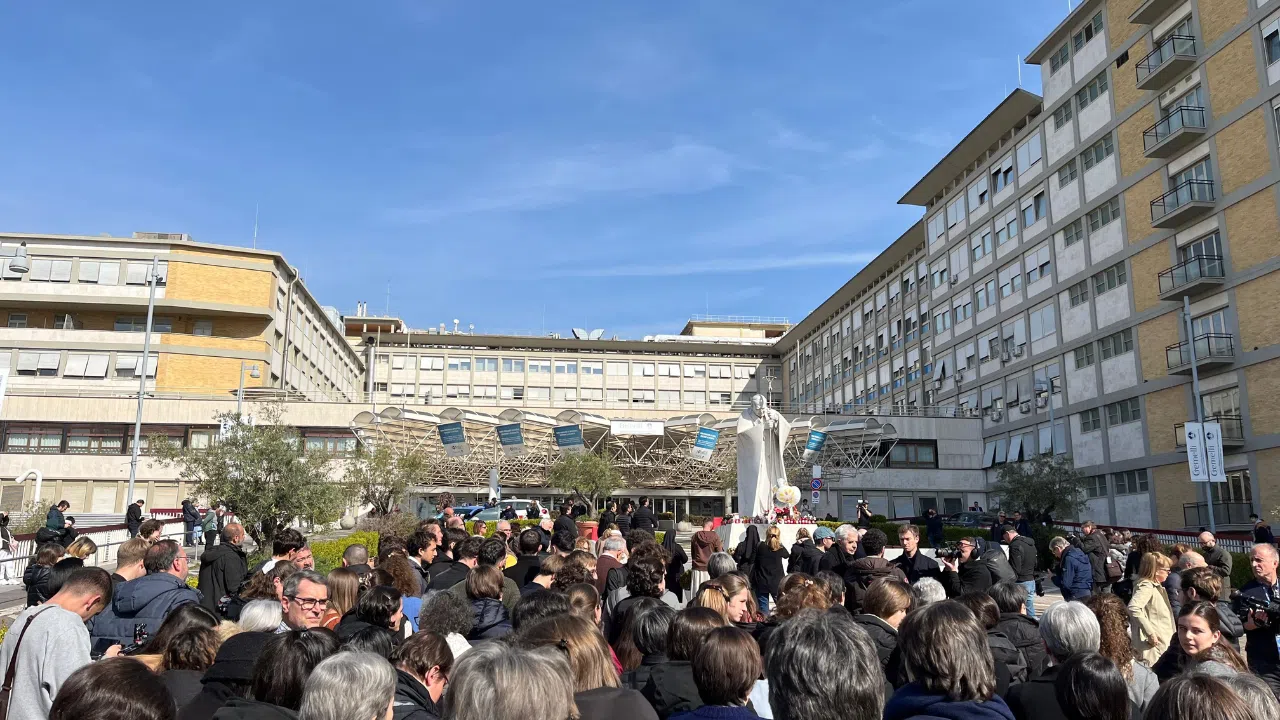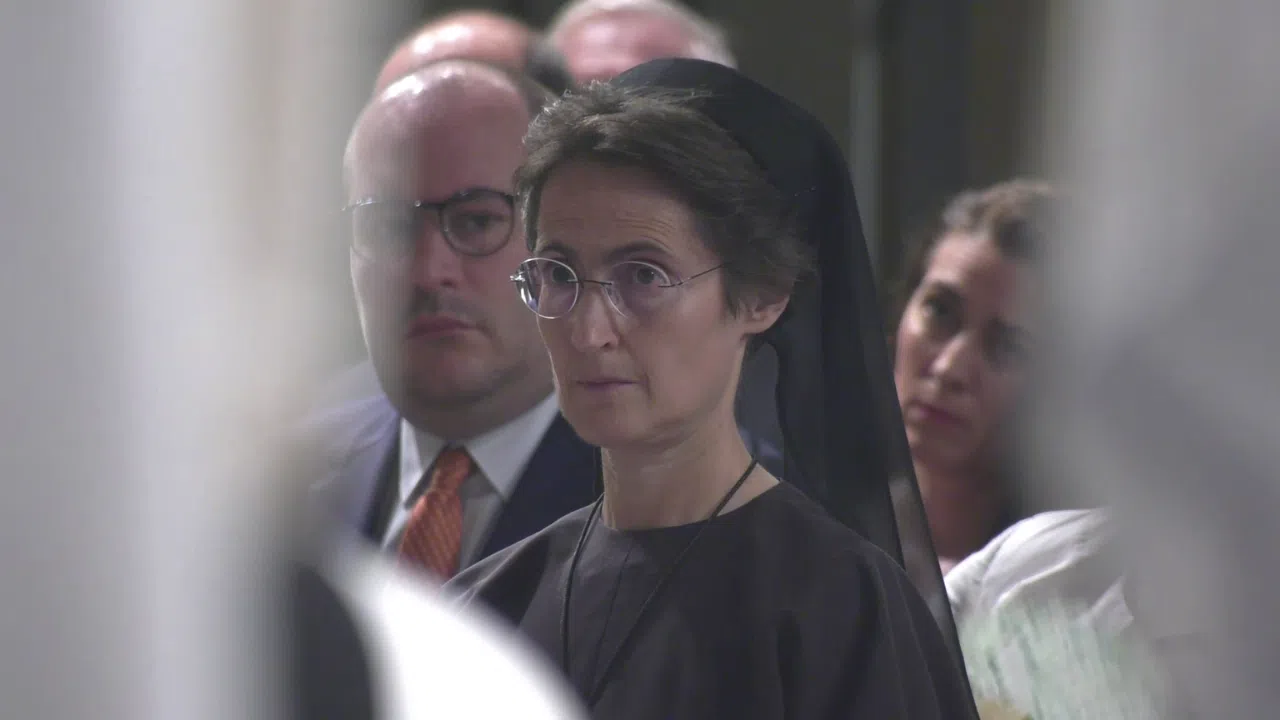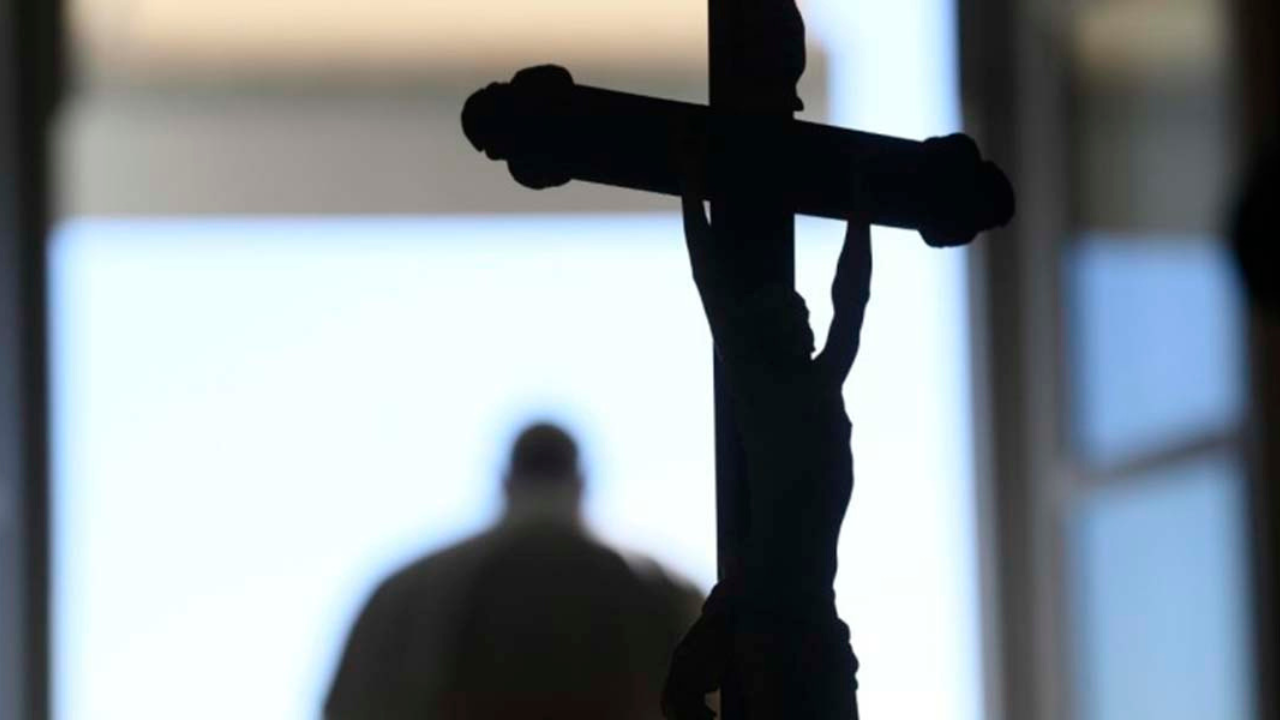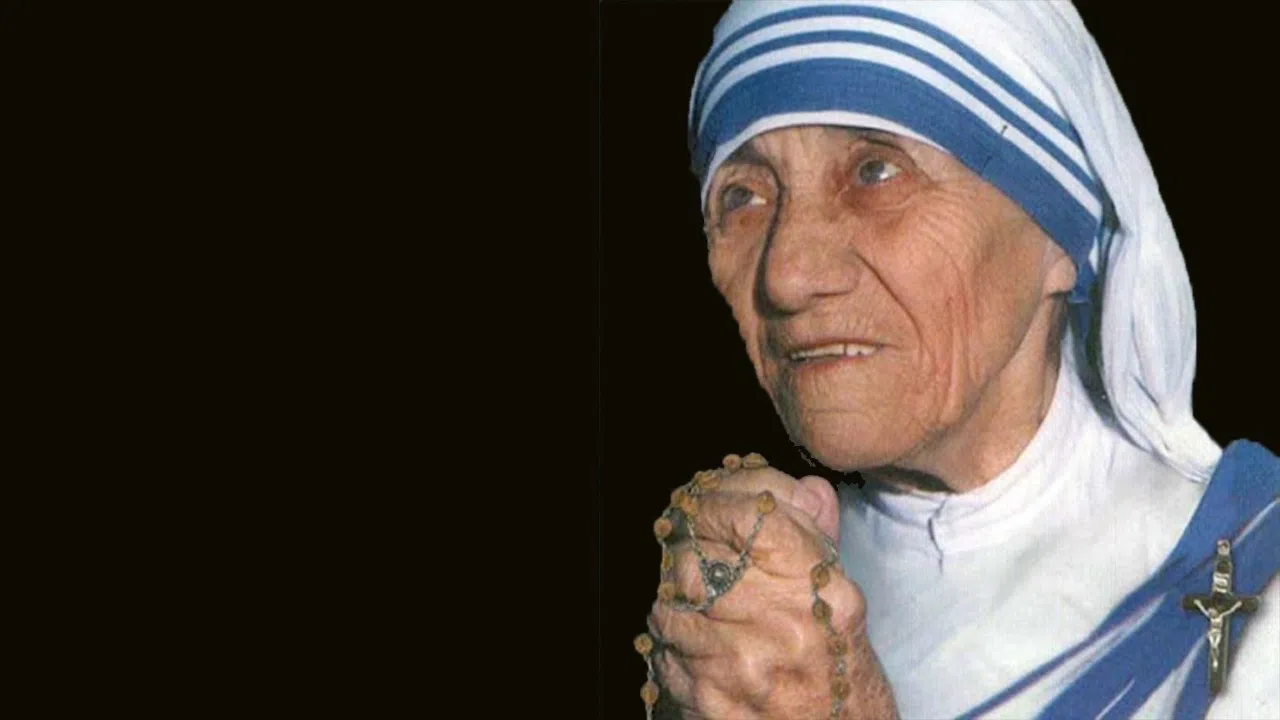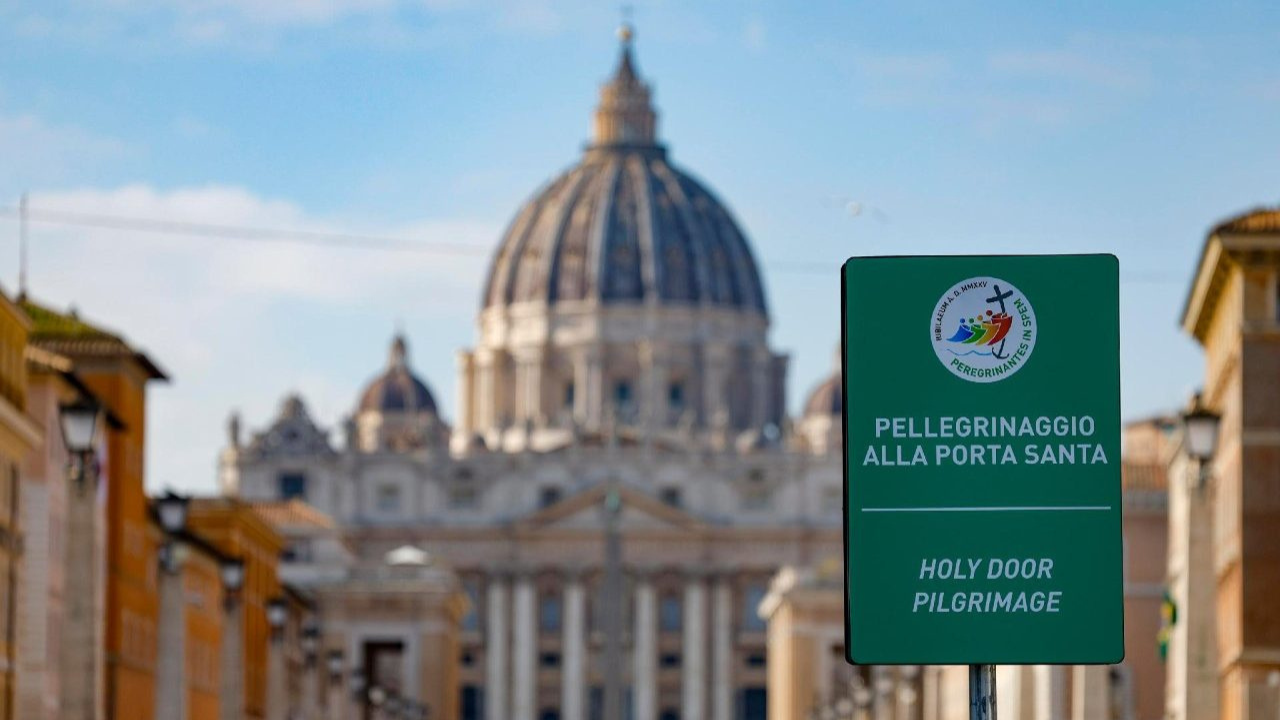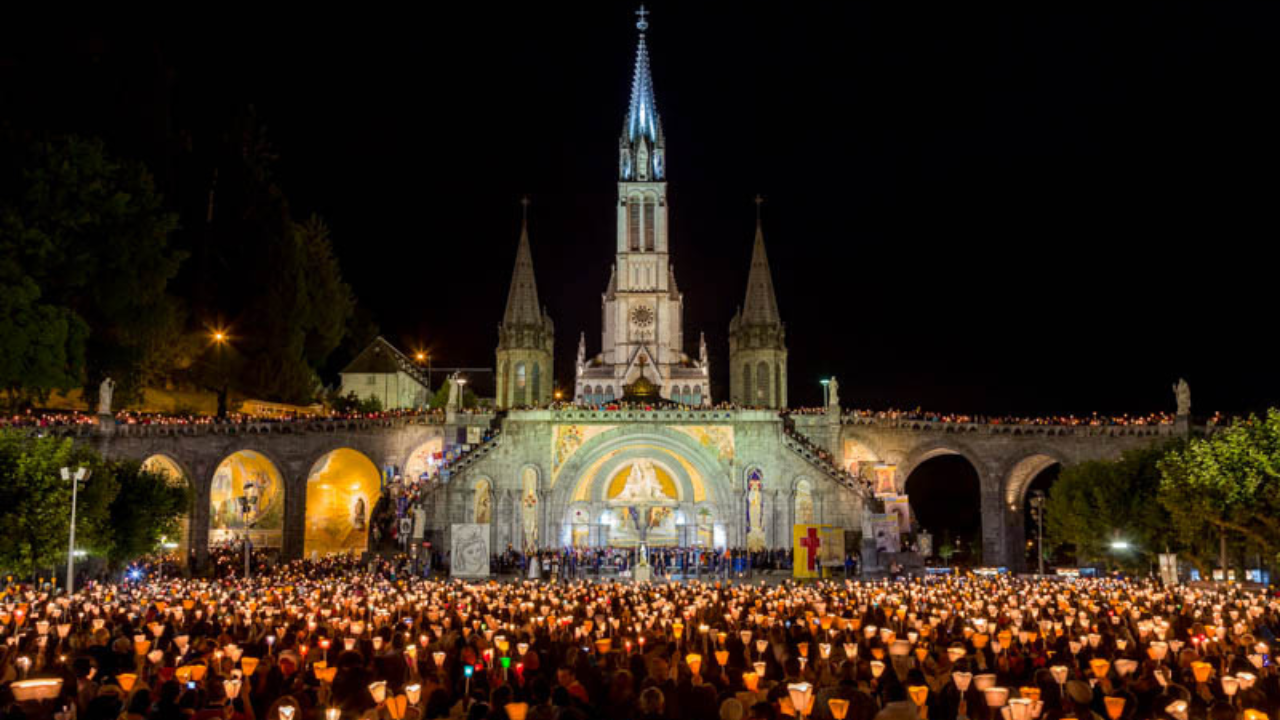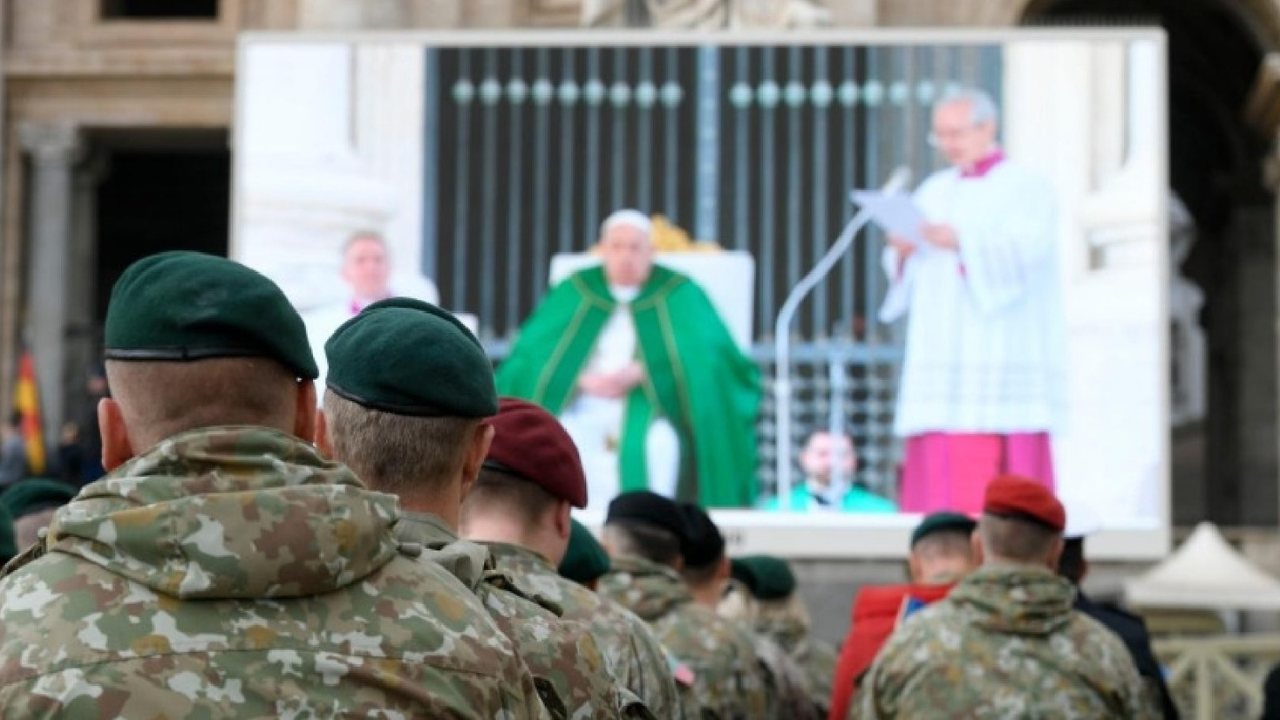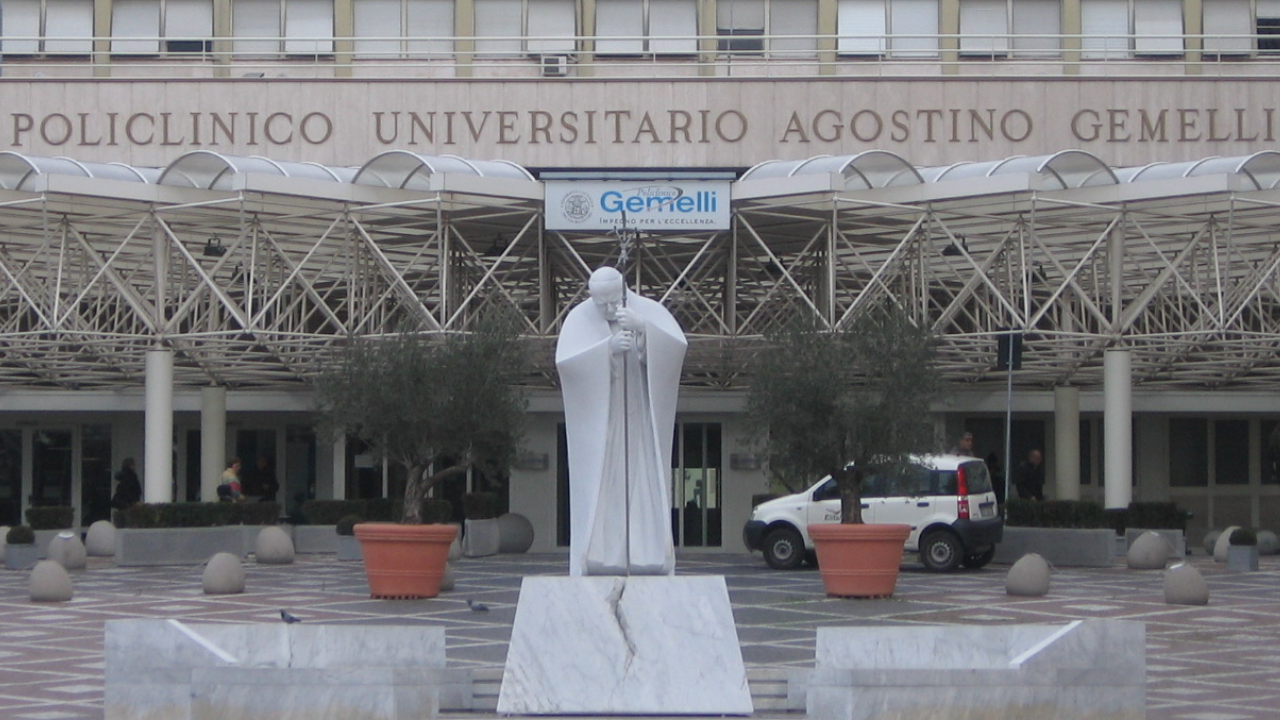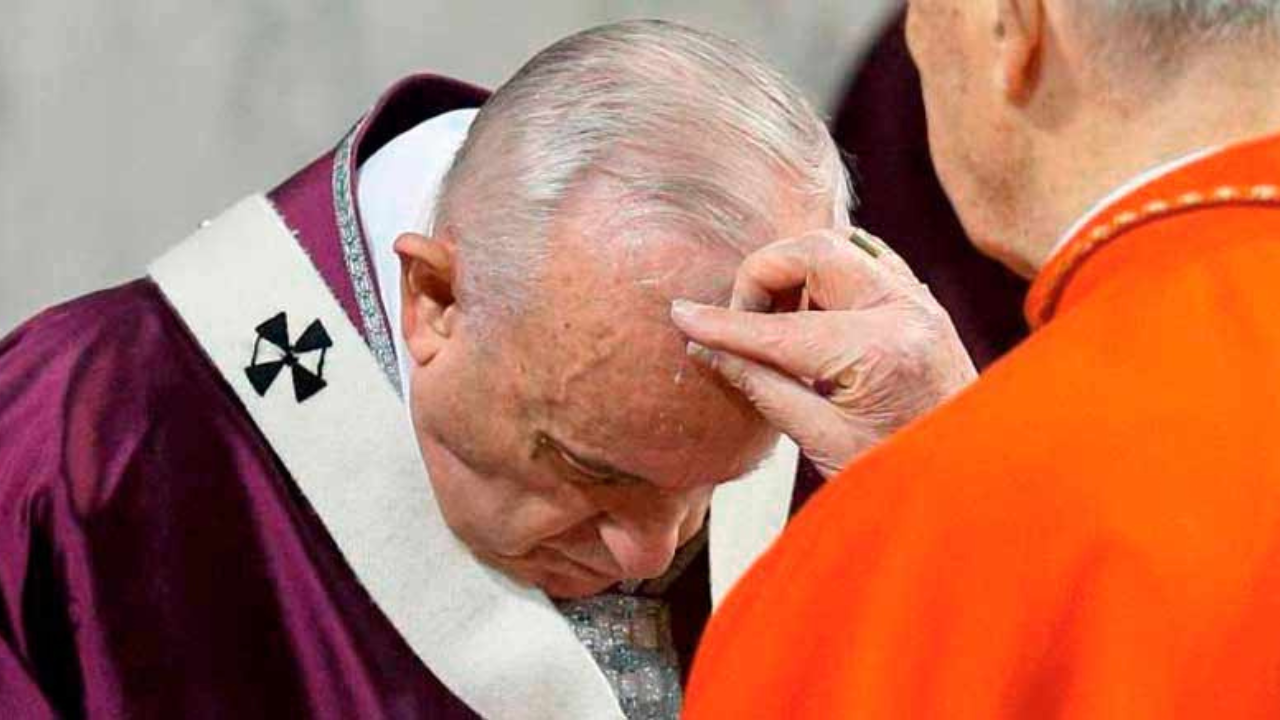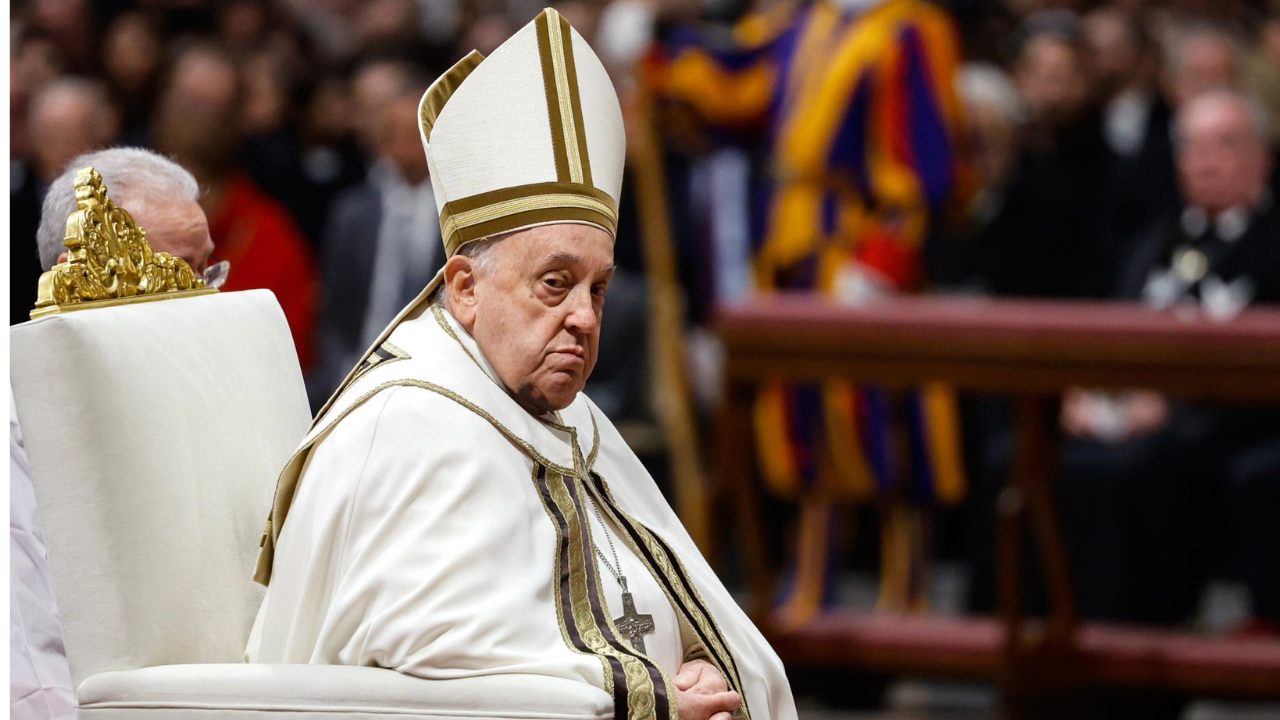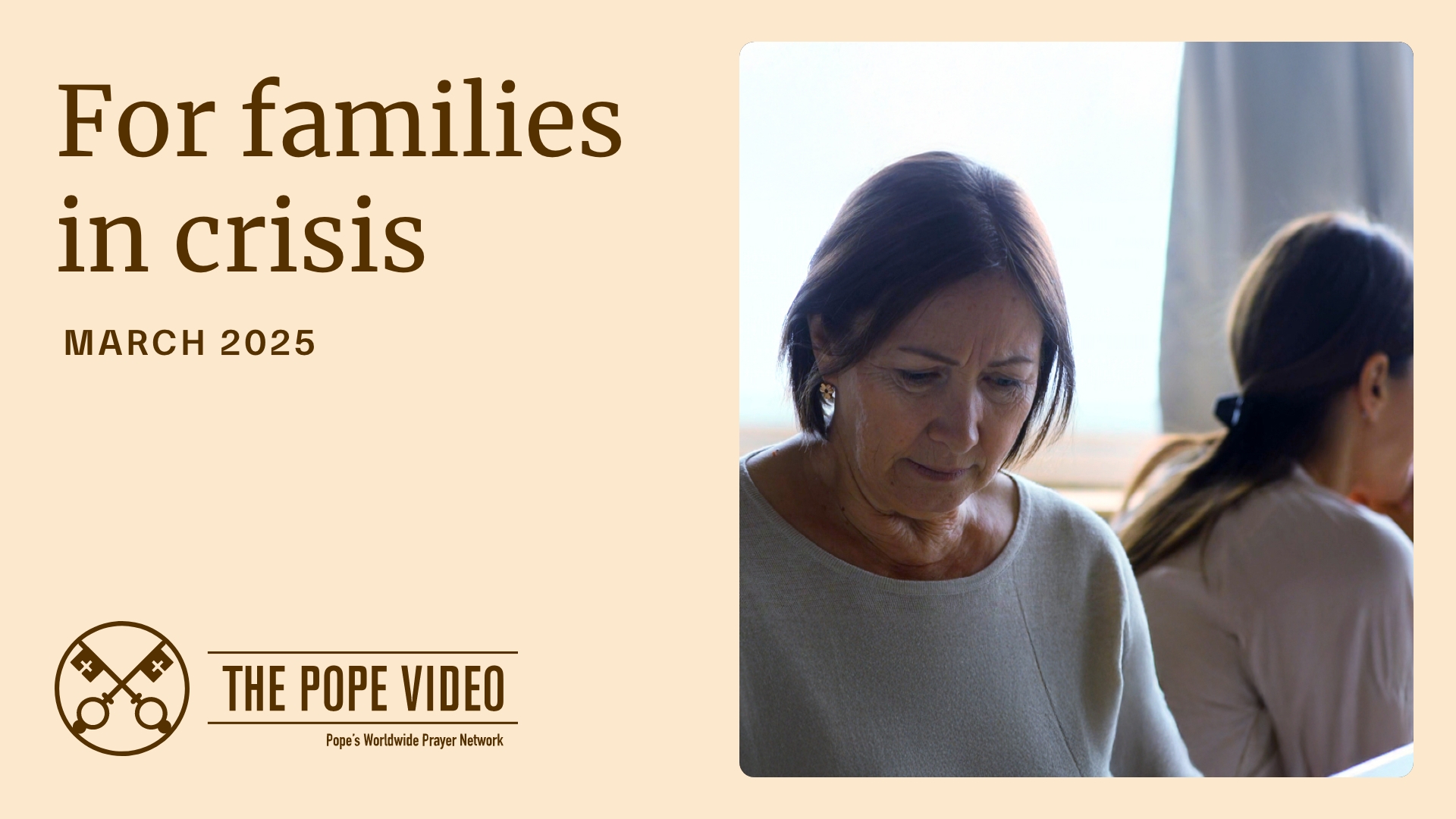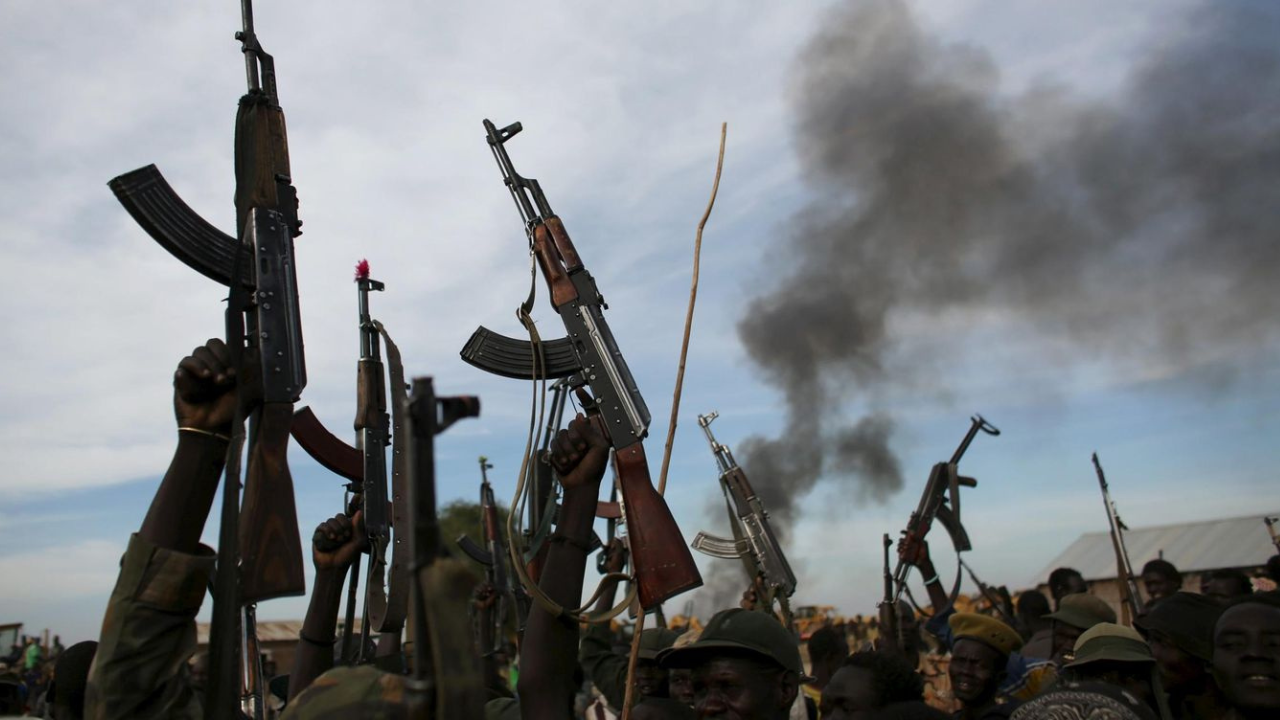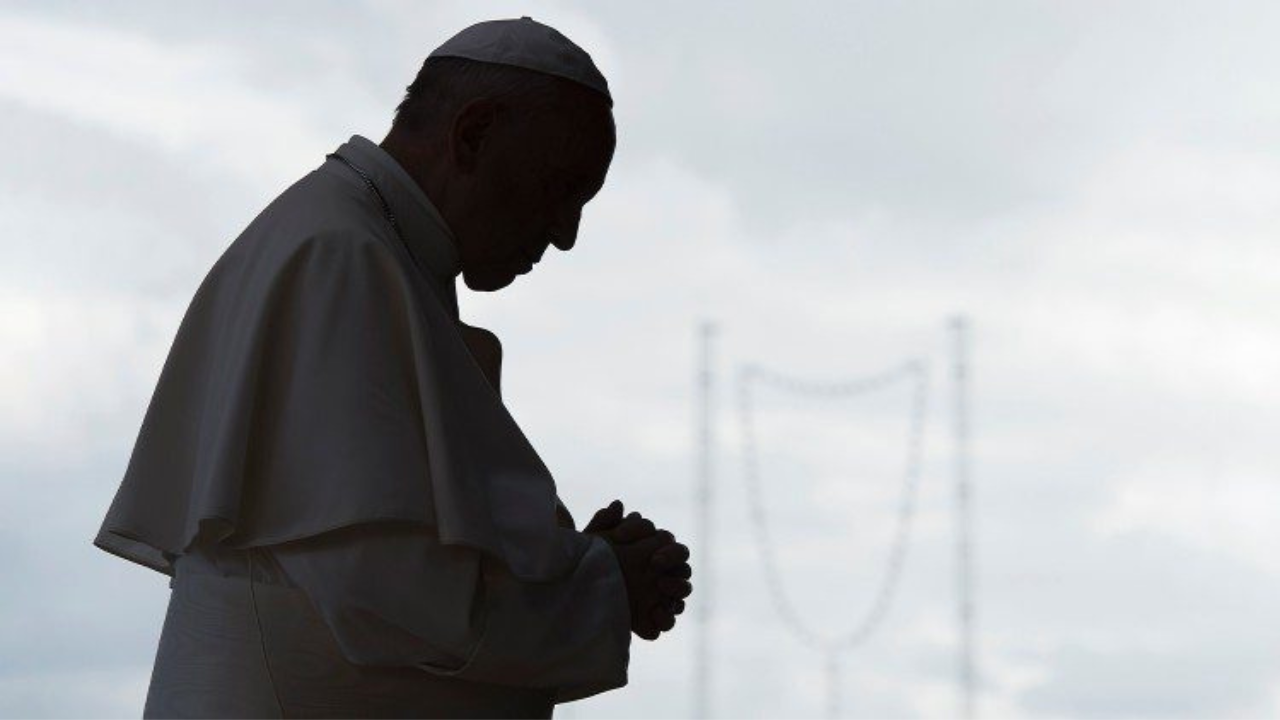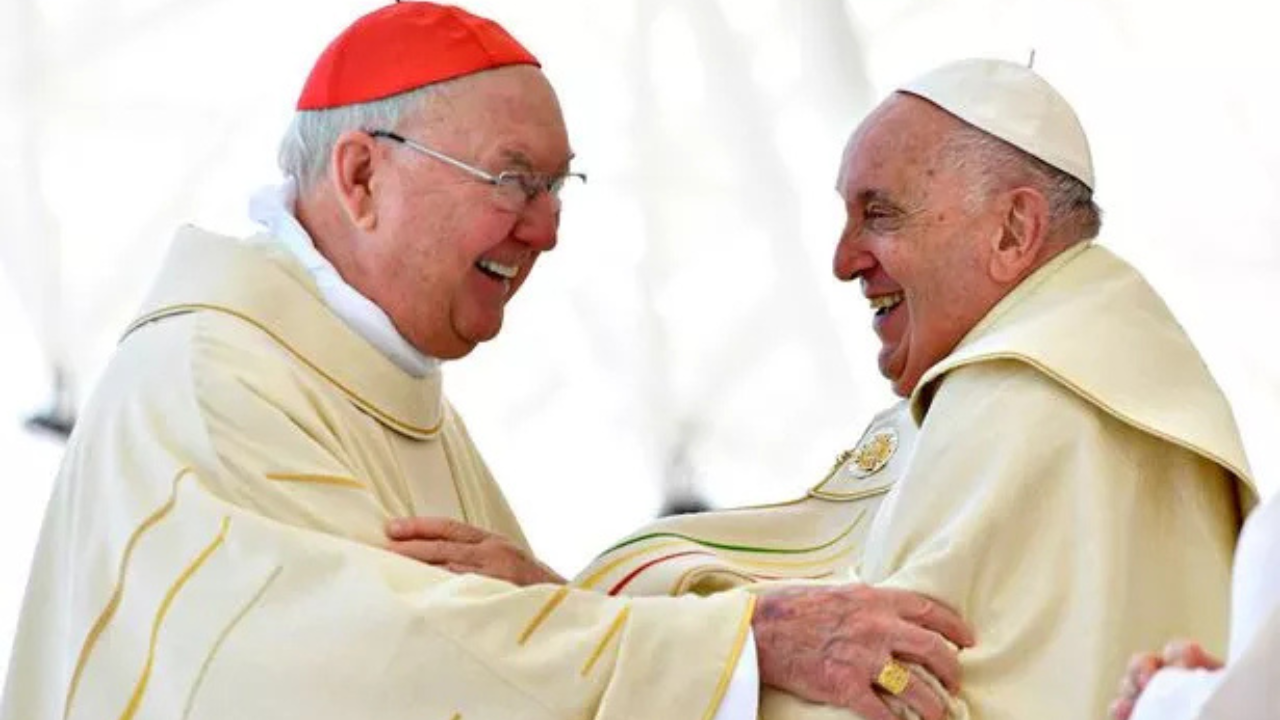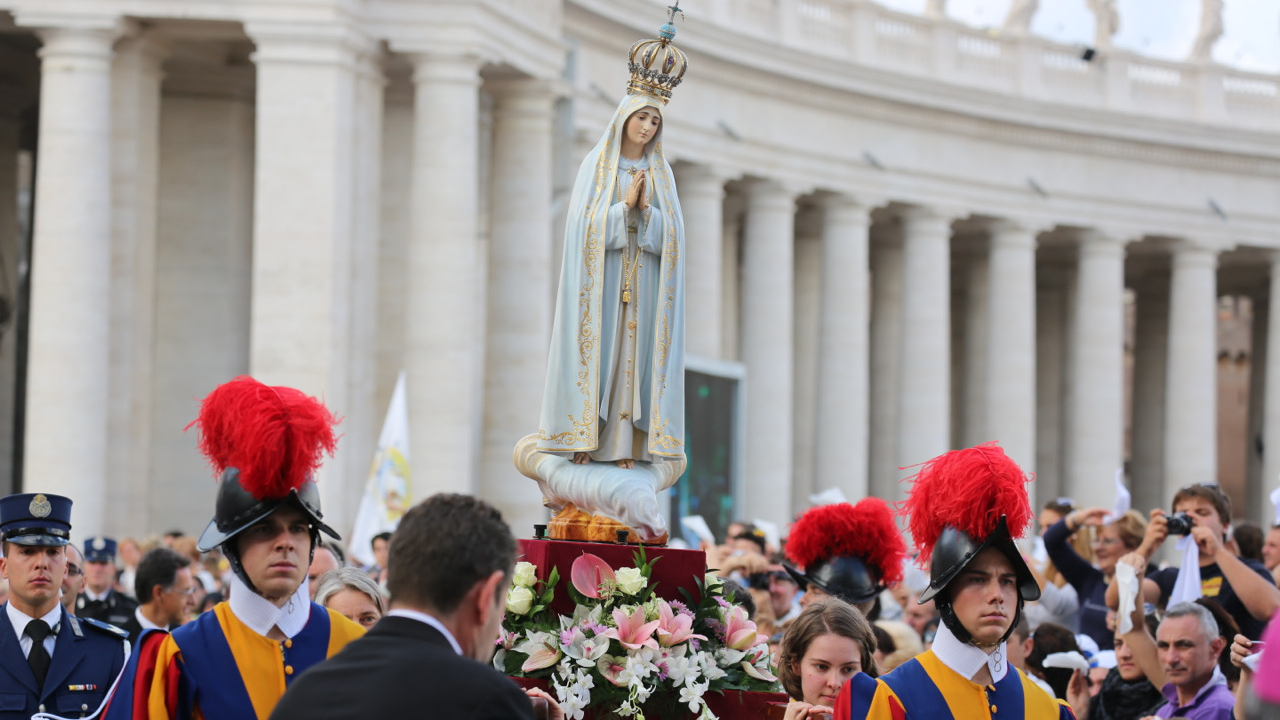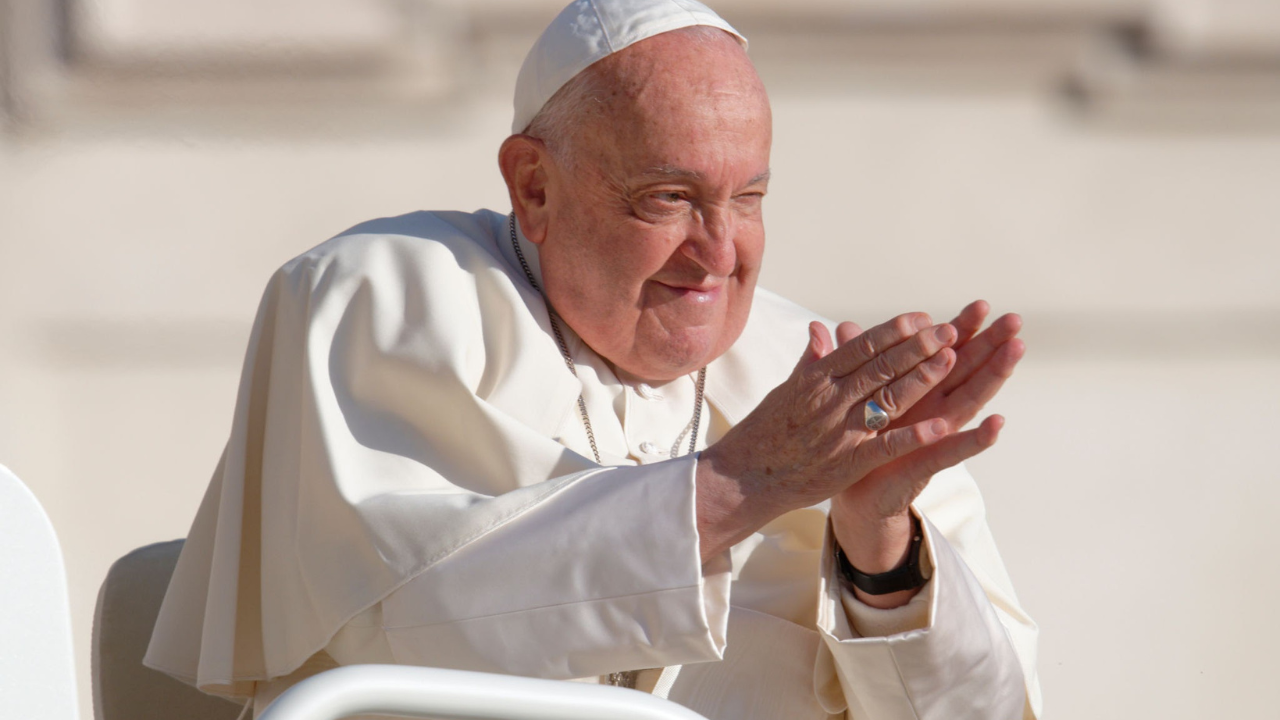Fr. Federico Lombardi worked in communications with the last three popes.
He was the director of Vatican Radio and the Vatican TV Center when John Paul II was pope. He also headed the Holy See Press Office during Benedict XVI's pontificate and in the first years of Pope Francis'. Now he oversees the Ratzinger Foundation and recounts his experiences in the book, “Popes, Vatican and Communication.”
One of the most significant moments he remembers is Pope John Paul II's meeting with the man who tried to assassinate him in St. Peter's Square, Ali Agca.
FR. FEDERICO LOMBARDI
“With this gesture, he provided a concrete, sincere and profound image of what mercy is, and of the search for reconciliation, including after very serious offenses. It's the most important image of mercy I have seen in my life.”
But Fr. Federico Lombardi also highlights Pope John Paul's courage in showing the world his illness and vulnerability.
From Benedict XVI's pontificate, he underlines the depth of his writings, which are already shaping history.
FR. FEDERICO LOMBARDI
“(Benedict XVI) was capable of clearly and, in an organized manner, communicating Christian doctrine in relation to modern culture, with an attitude of dialogue that will last a long time. It is his great contribution to the relationship between Christianity and the modern world.”
Fr. Federico Lombardi experienced firsthand the transition from Benedict XVI's pontificate to Pope Francis' revolution, with a communication that doesn't always follow the norm.
FR. FEDERICO LOMBARDI
“(Pope Francis) wants to have a space where he can freely express his opinions and use forms of communication that were not set up by a group of advisers. His pastoral character, of encountering the people, leads him to adapt his message to every circumstance.”
That's why Fr. Federico Lombardi says that being able to adapt to the Pope's direct way of communicating is essential for his communications staff. It's the main point of his book “Popes, Vatican and Communication.”
AO
TR: CT
